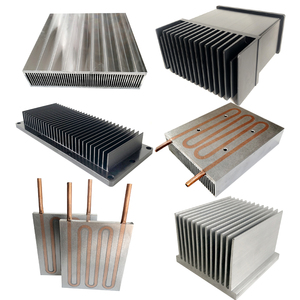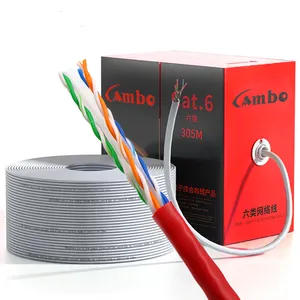Popular in your industry





































































Top categories
About heat sink for pcb
Understanding Heat Sinks for PCB
A heat sink for pcb is an essential component in managing thermal conditions within electronic systems. Its primary role is to dissipate excess heat generated by electronic components, particularly in densely packed printed circuit boards (PCBs). This introduction delves into the various aspects of heat sinks, from their construction to their critical role in maintaining the performance and longevity of electronic devices.
Materials and Design Variations
The effectiveness of a heat sink on pcb is largely determined by its material and design. Commonly, heat sinks are constructed from metals with high thermal conductivity, such as copper or aluminum alloys. The choice of material is a crucial aspect of pcb heat sink design, influencing how efficiently heat is transferred from the component to the air. Aluminum, for instance, is favored for its balance between thermal efficiency and lightweight properties, while copper is selected for high-performance applications due to its superior thermal conductivity.
Applications Across Industries
Heat sinks are ubiquitous in electronics, serving a vital function in devices ranging from compact consumer electronics to large-scale industrial systems. In the realm of PCBs, a circuit board heat sink is often integrated to prevent overheating in sensitive areas. The application of a pcb mount heatsink is particularly critical in high-load scenarios, such as in CPUs and power conversion equipment, where efficient pcb heat dissipation is paramount to system stability.
Features and Advantages
The incorporation of a heat sink in pcb design offers several advantages. By effectively dispersing heat, these components can significantly extend the life of electronic devices. The design of a heat sink also plays a role in its performance, with features such as fins and grooves increasing the surface area for heat exchange. Furthermore, the use of a pcb as heatsink can be seen in applications where space is at a premium, utilizing the PCB itself to aid in thermal management.
Selection and Customization
Selecting the appropriate heat sink involves considering the thermal requirements of the PCB and the spatial constraints of the device. Heat sinks come in various shapes and sizes, from pcb heat sink mounting options that are ideal for space-constrained environments to larger, more robust designs for high-power applications. The diversity in form factors ensures that there is a heat sink solution for virtually any type of PCB heat management need.
Advancements in Heat Sink Technology
As electronic devices become more powerful and compact, the need for advanced heat dissipation in pcb systems grows. Innovations in heat sink technology continue to evolve, with designs becoming more efficient and easier to integrate into PCBs. These advancements not only enhance the performance of electronic devices but also contribute to their overall reliability and durability.




























